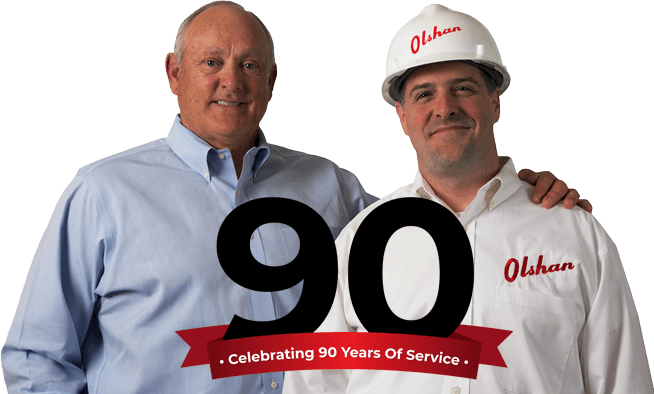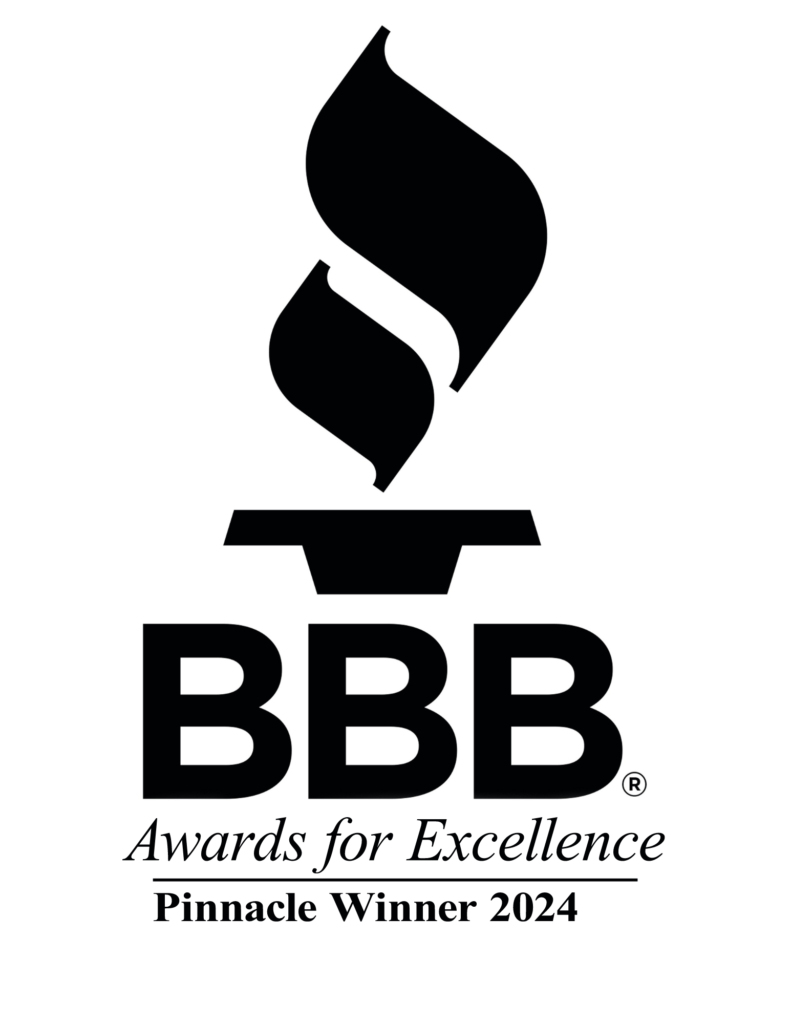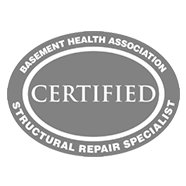Homeowners in the Virginia Beach, Virginia area have special foundation and crawl space challenges to consider. In this coastal region, where the Chesapeake Bay meets the Atlantic Ocean, there are two main soil types (clay and sand) that bear watching when it comes to the structural health of your home.
How Virginia Beach soil types can affect your foundation
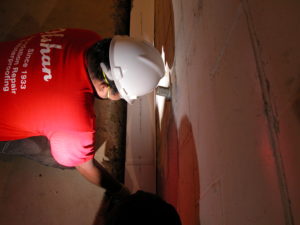
In the most basic terms, any local soil is going to be a mix of air, water, minerals, organic matter, plus small living things that are mostly out of our awareness. Each soil type responds to moisture, compression, and seasonal factors in different ways, which in turn influences foundation design and construction choices. Geology experts estimate that there are as many as 500 distinct soil varieties across the whole state, but clay and sand are the dominant types in and around the coastal Southeast.
Clay soil, which you’ll find in most of the Virginia Beach region, can be the most damaging to your foundation or crawl space because it tends to hold moisture. As clay becomes saturated, it expands and can put a surprising amount of stress on the parts of your foundation that contact the soil. The resulting pressure can cause concrete to crack, buckle, shear, or shift out of alignment. When this happens, your foundation can lose some or all of its load-bearing capacity, leaving parts of your home unsupported.
In contrast, sandy soil―such as what you might find around Pungo, or on higher ground to the North and Southeast―doesn’t hold water like clay does, but it can’t be compacted. Although foundation trouble is less frequent with sandy soil than with clay, your foundation may still be vulnerable to seasonal changes, and even erosion from far-reaching underground sea water movement that may not be noticeable along the shoreline. Foundation designs have to reach an engineered distance below the sand to contact solid earth and provide stable support for your home.
How to recognize the signs of potential foundation or crawl space trouble
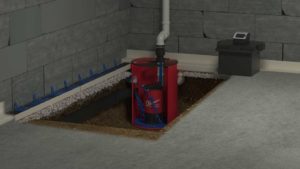
It only takes a few additional minutes to add a simple foundation check to your regular home upkeep routine. There are several signs you can watch for to stay ahead of foundation and crawl space problems and keep potential repair costs low. Here are eight of the most common ones:
-
New or expanding cracks in exterior masonry, especially in a stair-step pattern
-
Doors or windows that shift out of alignment or suddenly feel “sticky”
-
Crawl space masonry that’s cracked or buckled
-
Unwanted moisture collecting inside or outside your home
-
Signs of mold, mineral deposits or white blooms in areas that should be dry
-
Exterior structures like walks, patios, or chimneys that begin to sink or tilt
-
Flooring that separates, feels spongy, or gives you a “downhill” feeling
-
New or expanding cracks in interior finish materials, especially around door and window frames or where walls and ceilings meet
If you notice any one of these in isolation, it could be the result of the normal settling that happens in virtually every home. Many times these are simple cosmetic issues that can be inexpensive to fix using DIY materials you can find in most hardware stores.
If you notice more than one of these issues, or see them getting worse over time, it’s a good idea to call a qualified expert for a foundation or crawl space inspection. These problems don’t go away by themselves, and the longer you wait to check them out, the more your potential repair costs can go up. The most reputable companies will give you a free evaluation and help you understand the remedies that are best for your home and budget.
How to understand foundation and crawl space repair basics
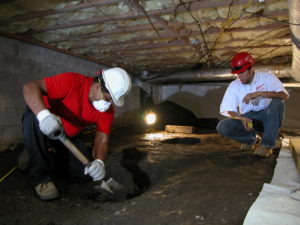
Like the foundation itself, your crawl space is a part of the overall support system for your home and needs to be checked regularly for signs of disrepair or deterioration. Many of the eight common issues we listed earlier may also apply to your crawl space, especially if it contains exposed parts of a pier and beam system. You’ll want to watch out for cracks, structural components that appear compromised or out of place, and signs of current or past accumulation of unwanted moisture.
The good news is that new technology has reduced the cost of foundation and crawl space repairs over the past couple of decades. Modern restoration products such as helical piers are also a lot less invasive and disruptive, and require a lot less time, excavation, and expensive extra labor and equipment than older, less reliable methods. It’s also possible that carefully planned spot restorations might bring your foundation back into “like new” condition, depending on the nature and location of the damage.
In general, foundation repair requires locating the failure points, bringing them back into proper alignment, and restoring their proper load-bearing capacity. It takes experience and skill to do it right and to ensure that the repairs not only solve your immediate problem, but stand up to future conditions as well. Olshan’s proprietary Cable Lock ™ ST Plus system is one example of a reliable and cost-effective helical pier technology that restores lasting contact between your foundation and stable soil.
For crawl space issues, you have a range of options from simple drainage enhancements to sophisticated crawl space encapsulation and dehumidification systems. One or more of these options in combination can keep destructive moisture and pests out of your crawl space and provide lasting protection for the structural components inside.
If you run into any chronic issues that make you suspect you have foundation damage, your local Olshan Foundation Repair technician would be happy to drop by for a free inspection. We’ve been helping homeowners protect their property for over 90 Years and we have the experience and products to help you ensure years of worry-free living in your home.

